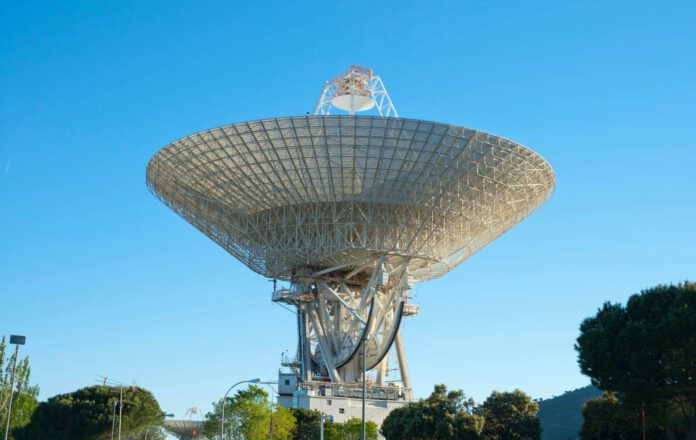
The song ‘The Rain (Supa Dupa Fly)’ made a remarkable journey spanning 254 million kilometers from Earth to Venus in just 14 minutes.
Interstellar Messages
It’s well-known that NASA and other space organizations sometimes engage in sending messages or objects into space for various reasons. For instance, Elon Musk launched a Tesla car that’s still floating among the stars. The Voyager 1 and Voyager 2 space probes contain recordings and greetings in multiple languages. Now, NASA has sent another intriguing message into space: the song ‘The Rain (Supa Dupa Fly)’ by hip-hop artist Missy Elliott.
A Hip-Hop Journey
The song traveled roughly 254 million kilometers from Earth to Venus, a planet favored by the artist. Since it was transmitted at the speed of light, the radio signal took only 14 minutes to reach the planet. The transmission was facilitated by NASA’s Deep Space Network through the 34-meter wide radio antenna of Deep Space Station 13 (DSS-13), nicknamed Venus.
Thanks to NASA’s Deep Space Network, Elliott’s music has reached another world. “I still can’t believe I’ve gone to space,” says Elliott. “The Rain (Supa Dupa Fly) is the very first hip-hop song to ever be sent into space. I chose Venus because it symbolizes power, beauty, and empowerment. I am deeply honored to share my art and message with the universe.”
The Choice Behind the Song
The decision to send Elliott’s song into space is well-justified by NASA. “Both space exploration and the art of Missy Elliott have always pushed boundaries,” says Brittany Brown of NASA. “Missy is known for integrating space-related narratives and futuristic imagery into her music videos, so the chance to collaborate on something ‘out of this world’ is truly fitting.” So far, only one other song has been sent into space using the DSN. Elliott’s song is notably the first hip-hop track to reach space.
Venus in Focus
By sending this song, NASA highlights Venus once again. This attention is expected to continue in the coming years. NASA has plans to visit Venus, starting with the DAVINCI mission in 2029. This mission aims to study the composition of Venus’s atmosphere to understand how it formed and evolved. Following that, the VERITAS mission in 2031 will map the surface of Venus. Meanwhile, the European Space Agency also plans to explore Venus. The Envision mission, slated for the early 2030s, aims to understand why Venus and Earth have evolved so differently. What past events have shaped Venus into its current hostile state? Could it foretell the fate of Earth if a catastrophic greenhouse effect were to occur?
Nasa’s decision to send Elliott’s song into space is both an artistic and symbolic gesture. By transmitting her music to Venus, NASA unites art and space exploration. This act also serves to bring cultural expression to the cosmos. While the chances of extraterrestrial beings on Venus are slim, it’s fascinating to imagine that the signal might be received and understood somewhere out there…











